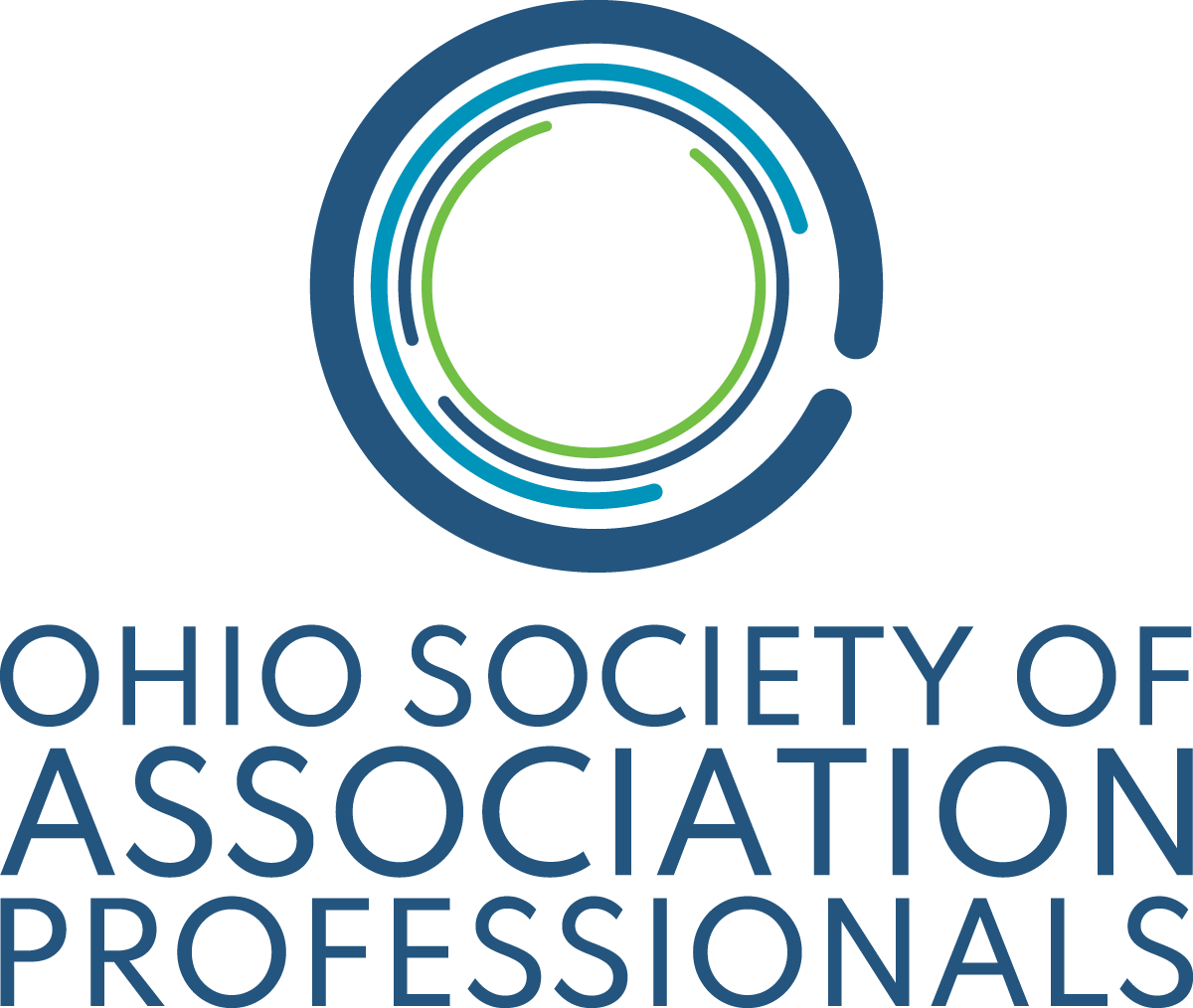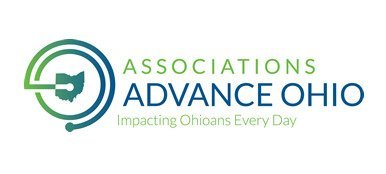Complete Story
03/04/2021
Associations Considering PPP Loans Have Options
Nonprofit groups hard hit by the pandemic should examine these changes
Section 501(c)(6) organizations still weighing whether to apply for federal assistance programs to mitigate the financial impact of the COVID-19 pandemic have some options to consider, according to industry consultants.
The most publicized and widely utilized option available to 501(c)(6) and 501(c)(3) organizations has been the Paycheck Protection Program (PPP), which was expanded at the end of last year to include eligibility for 501(c)(6) groups that meet certain qualifying conditions like having no more than 300 employees, no more than 15 percent of receipts from lobbying activities and lobbying costs that did not exceed $1 million during the most recent tax year ended before Feb. 15, 2020. While ASAE has been pushing for additional guidance from the Small Business Administration (SBA) that would more clearly define “lobbying activities” and “lobbying receipts,” many 501(c)(6) organizations have been able to apply for and receive PPP loans since the program was expanded.
Recently, the Biden administration announced that the SBA will accept applications for PPP loans exclusively from companies with fewer than 20 employees for the next two weeks, until March 9. Once the exclusivity period ends next week, barring congressional action the PPP is set to expire March 31, leaving 501(c)(6) organizations still on the fence a narrow window in which to make a decision.
Mike Tryon, partner at RSM US LLP, a leading audit, tax and consulting firm with numerous tax-exempt clients, said he is advising 501(c)(6) CEOs and board leaders to fully consider the potential implications of the “PPP necessity test” as part of their deliberations on whether to apply for relief through the PPP. 501(c)(6) leaders will be able to determine whether they have incurred financial losses sufficient to meet the borrower criteria for a PPP loan, but they should also be looking at what Tryon calls the “PR test,” which involves assessing an organization’s reserves and considering the optics of taking a PPP loan to the public and the organization’s stakeholders.
“The harder test to me is, how does this look and how does it reflect back to your members,” Tryon said. “Perception rules reality at the end of the day. If it’s perceived that your organization doesn’t really need the funds, you could risk reputational damage from negative PR exposure.”
Another consideration for potential 501(c)(6) borrowers is how to utilize the funds you receive from a PPP loan. PPP loan recipients must dedicate 60 percent of the funds toward payroll, leaving 40 percent for recipients to spend on overhead and fixed costs such as rent, mortgage interest and utilities. Recently, however, these covered expenses have expanded and loan recipients can now use PPP funds to meet changing business demands in areas such as financial reporting, cloud services and other business software systems. “Although these are tough times, investments in increasing the efficiency of business operations can position your organization to better deliver mission objectives in the future,” Tryon said. “If you can figure out how to deliver enhanced member value using some of this money, this will help you attract and retain members.”
Associations and other eligible nonprofit groups hard hit by the pandemic should also look at whether they are eligible for the Employee Retention Tax Credit (ERTC), which offers substantial liquidity potential for many businesses without a loan application or loan forgiveness process. The ERTC is a refundable tax credit equal to 50 percent of payroll-related costs up to a maximum credit of $5,000 per employee for 2020 and $7,000 per employee per quarter for the first two quarters of 2021. The same federal law that expanded PPP access to include 501(c)(6) organizations last year also expanded the ERTC, including for companies previously ineligible for the ERTC because they obtained a PPP loan.
“The ERTC is a hidden gem for many organizations who do not realize the extent of payroll tax refunds they could be eligible for,” Tryon said.
The main consideration for organizations considering the ERTC is that there can be no “double-dipping” on wages reported. In other words, employers can’t use the same wages for both PPP loan forgiveness and the ERTC.
“On ERTC, the money is there. Do some basic due diligence and reach out for guidance through the process. At the end of the day, you might not only be surprised that you’re eligible, but how much your organization is eligible to receive,” Tryon said.
This article was provided to OSAE by ASAE's Power of A and Inroads.






